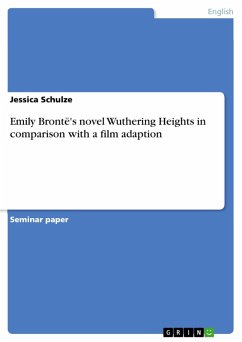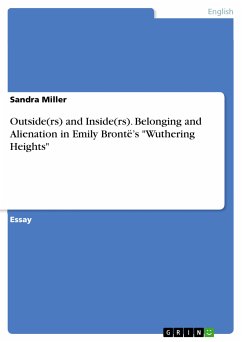Seminar paper from the year 2004 in the subject English Language and Literature Studies - Literature, grade: 1,0, Technical University of Braunschweig, language: English, abstract: Emily Brontë's novel Wuthering Heights is one of the "greatest works of art" (Kettle 1974, 130) and also "one of the 19 th century's most evocative novels" (Tibbetts/Welsh 1998, 469). Emily Brontë is perhaps the greatest writer of the three Brontë sisters. She published only one novel, Wuthering Heights (1847), a story of doomed love and revenge. But that single work has its place among the masterpieces of English literature. After its release, a lot of reviewers were shocked, mystified and puzzled, though some also expressed admiration for the strange power of the novel. Wilson, Schlueter and Schlueter (1997, 63) point out that "even modern critics have difficulty dealing with the novel, tending either toward a stress on its eccentricity or concentration on very small sections." A lot of books and articles have been written about Emily Brontë's only novel - and there are also a couple of films dealing with the story or with parts of the story. In my study I will concentrate on the question if there are differences between Emily Bront ë's novel and the film adaptation by William Wyler (published in 1939). Therefore I am going to describe the most important diversities in detail and give possible reasons for the changes. But before starting with this I would first like to introduce Emily Bront ë's biography and a summary of her famous novel Wuthering Heights.
Dieser Download kann aus rechtlichen Gründen nur mit Rechnungsadresse in A, B, BG, CY, CZ, D, DK, EW, E, FIN, F, GR, HR, H, IRL, I, LT, L, LR, M, NL, PL, P, R, S, SLO, SK ausgeliefert werden.









